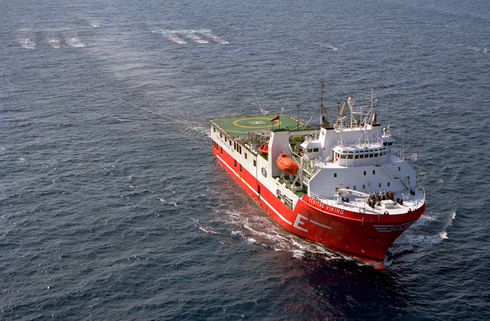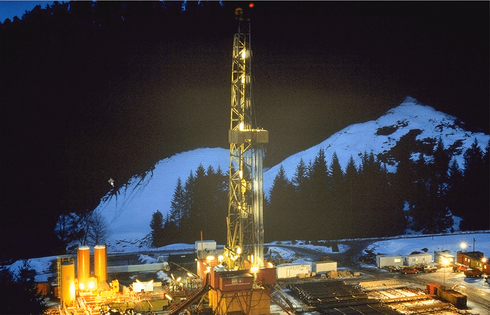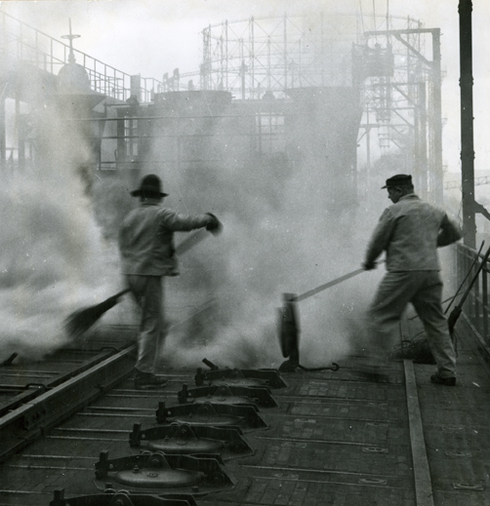Main Content
Extraction of natural gas

Seismology is used to search for natural gas deposits and determine their size. Special sensors, seismometers, record the rates of propagation produced by artificially induced tremors which are reflected by the different layers of rock. The measurement data provide information on rock structures up to several thousand metres below the Earth’s crust. The pump pressure is reduced to equal the pipeline pressure and the natural gas is fed into the pipeline. Exploiting offshore deposits is a more complicated, more costly process. Drill ships or platforms are used at sea, depending on the water depth and the ambient conditions.

Natural gas also present in Switzerland
There are also a number of gas deposits in Switzerland. Methane in particular is occasionally released from the ground during construction work. However, only one exploitable gas field has ever been discovered to date – in Finsterwald, Entlebuch in the canton of Lucerne, where natural gas was extracted and fed into the gas network between 1985 and 1994.

Town gas previously from own production
Before natural gas was introduced to Switzerland in 1973 in conjunction with the construction of the Transitgas pipeline from Wallbach and across Switzerland to the Gries Pass, numerous local gasworks produced what is known as town gas. Initially, this gas was produced in a coal gasification process and later from petroleum oil in a cracking process.
